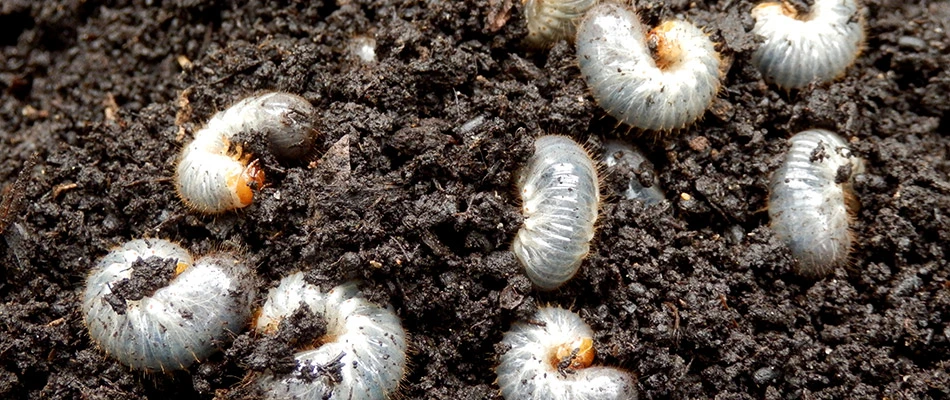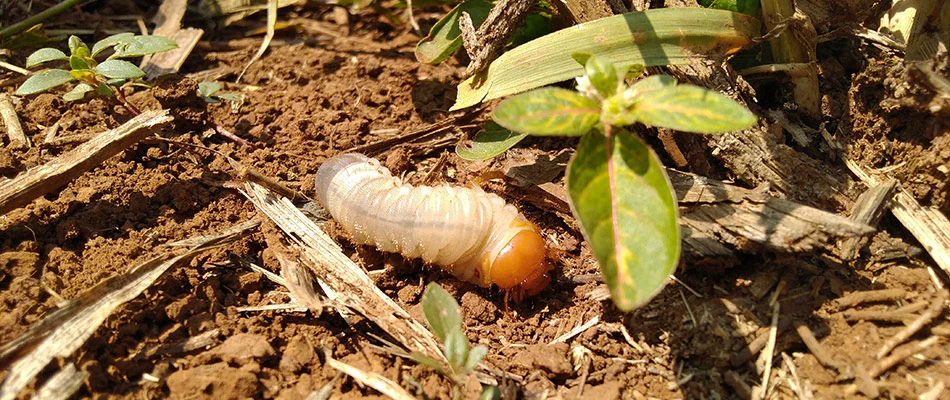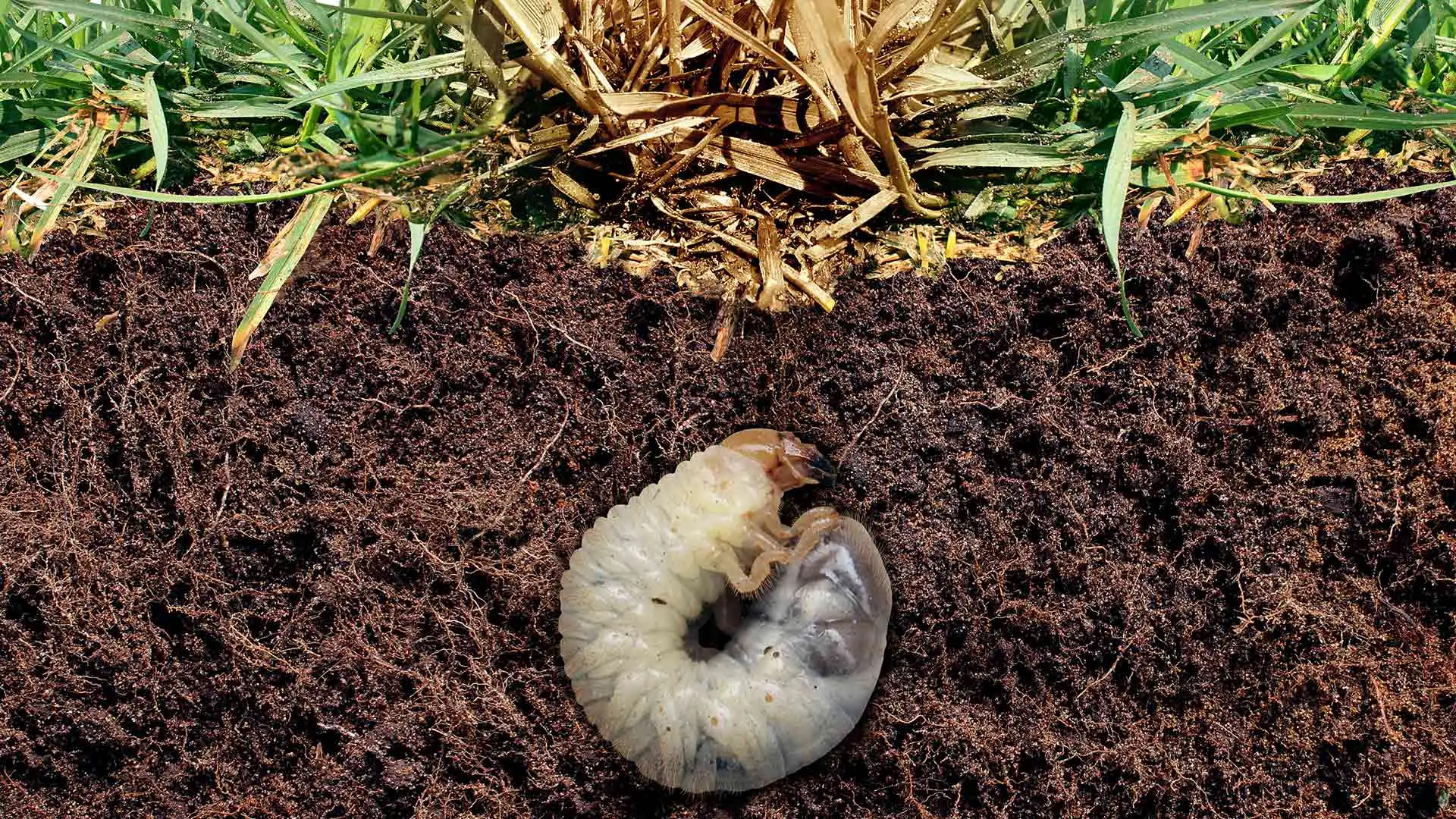In a world where you can fill your calendar with various national months – everything from National Great Outdoors Month to National Rose Month – we'd like to submit our bid on adding National Grub Prevention Month to June. Since Japanese beetles and June bugs, common in northeast states like Michigan, begin to lay eggs in June, this is the perfect time to lay down your preventative measures. Prevention is the most effective way of preventing a grub takeover on your lawn. Even if you do not see signs of grubs, it's better to be safe than sorry. By waiting until you see grubs, although they can still be handled, you're allowing damage to your lawn and setting it back a few paces. Stay ahead of the curve with preventative care so you won't be taken off guard by a grub infestation come July!
Understanding the Grub Growth Cycle & What Happens in June

To be best equipped to defeat an enemy, you should first understand what you're going up against. White grubs are some of the most damaging pests you can have in your lawn, hatching from the eggs of beetles like June bugs, Japanese beetles, or European chafers. The adult beetles of these species commonly lay eggs in the soil just below your grass during June, and typically within a month or so, the eggs will hatch and release a hoard of grubs upon your lawn and landscape. Upon hatching, grubs will start eating the roots of your grass, killing it as they go. The growth cycle begins again as the grubs grow up into beetles, laying more eggs. When a lawn has a grub infestation, you'll often see signs like brown patches, increased animal presence, and dead grass that rolls up like a rug.
Keep a particularly close eye on the sunny, dry parts of your lawn, as that is where beetles prefer to lay their eggs.
June Is the Perfect Month for Grub Prevention Treatments
Since June is the month adult beetles are laying eggs, it's also the time that those future grubs are most vulnerable. They're not yet a force to be reckoned with – but they will be, soon! By signing up for a grub prevention treatment in June, you'll be eradicating the grubs from your lawn and preventing even the most minute damage from being done to your lawn. You may not even be aware you have grubs or beetles in your lawn and landscape until you have a full-blown infestation, so keeping an eye towards prevention will prevent any nasty surprises. As they say – "An ounce of prevention is worth a pound of cure."
Why You Shouldn't Wait Until You See Signs of Grubs

While you can wait to see physical signs of a grub infestation to treat the problem, and there are great grub control options available, the best course of action is to hit them hard and hit them early. You'll break the grub life cycle by stopping the eggs in their tracks, as those grubs will not be growing up into adult beetles, which then lay more eggs, hatching into more grubs, and so on. Because of that, we find grub prevention treatments to be more effective in getting rid of a grub problem once and for all.




Comments (0)
Thanks for your comment!
Thanks for your feedback! Your comments have been successfully submitted! Please note, all comments require admin approval prior to display.
Error submitting comment!
There is a problem with your comment, please see below and try again.